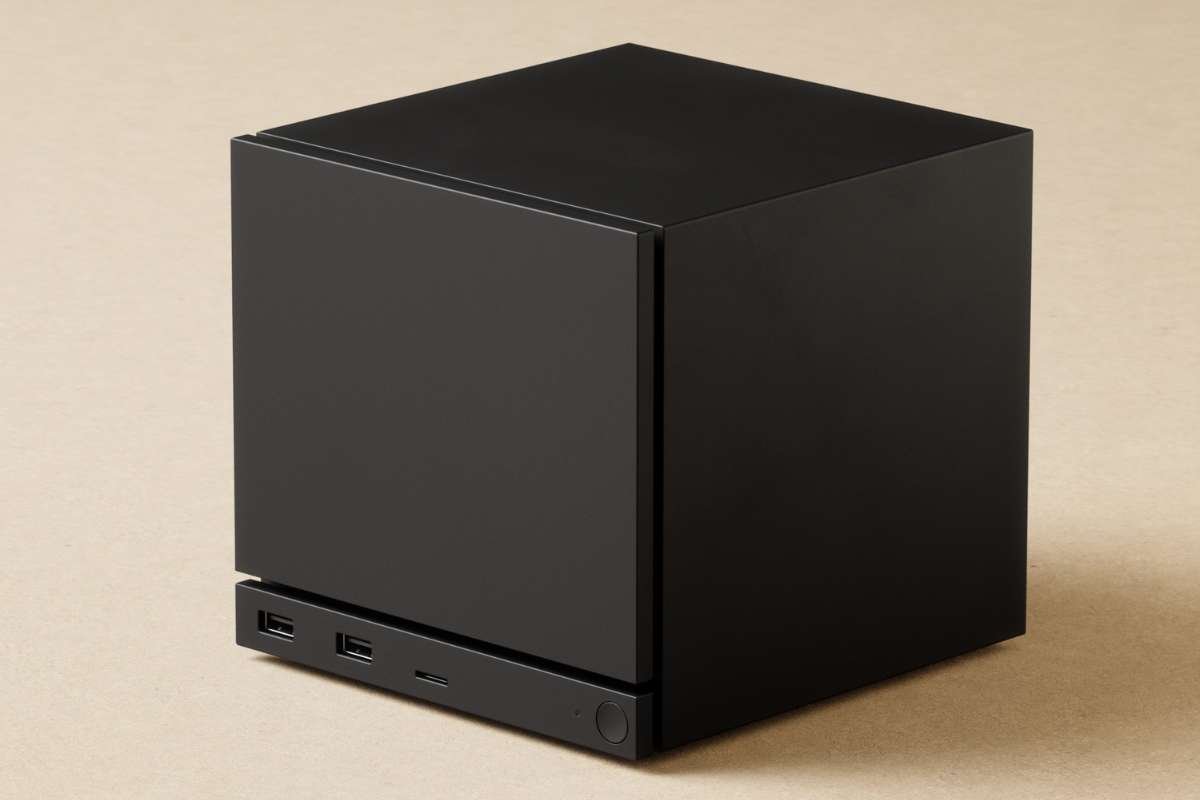A Shift in Workplace Fashion
In an era of economic uncertainty and job insecurity, Gen Z and young millennials are redefining workplace fashion by adopting a minimalist approach to their attire. Inspired by tech visionary Steve Jobs, many young professionals are opting for a daily uniform, consisting of simple, repeated outfit choices. This trend, popularized on social media platforms like TikTok, aims to reduce decision fatigue and streamline morning routines.
Content creators such as @corporateagonyaunt showcase their winter work wardrobe, emphasizing the ease and efficiency of rotating a small collection of professional attire. Similarly, @metzcampos, a 28-year-old TikTok user, proudly states, “I wear the same exact outfit every single day to work.” The key takeaway from these influencers is that personal style takes a backseat to practicality, as long as employees maintain a neat and professional appearance.
This movement isn’t limited to the workplace. Some individuals extend their uniform philosophy to everyday life, choosing staple items like Oxford shirts for various occasions. The phenomenon even sparked discussion when a viral photo surfaced of Gen Z women dressed nearly identically during a night out. While some critics argue that this trend stifles individuality, young professionals see it as a way to reduce stress and enhance focus in both their professional and personal lives.
Navigating Workplace Expectations
For Gen Z, the transition from remote work to in-person office settings has been particularly challenging. Many entered the workforce during the pandemic, where professional attire was often limited to sweatpants and casual wear during virtual meetings. Now, with employers enforcing office dress codes, younger employees seek ways to balance professional expectations with personal comfort.
According to psychotherapist Eloise Skinner, this shift is largely due to Gen Z’s lack of early in-office experience. “A uniform can seem more simple, more streamlined, and less risky in an environment that might feel new and unfamiliar,” she explains. This desire for conformity is understandable, especially given that a significant number of Gen Z employees have faced termination due to inappropriate work attire.
Concerns about layoffs and a sluggish economy further contribute to this cautious approach. Last year, nearly 60% of employers admitted to firing Gen Z employees within months of hiring them, citing dress code violations as a primary factor. Career coach Amanda Augustine notes that adhering to a standardized wardrobe helps young professionals feel more in control during unpredictable times. “By developing a consistent morning routine—including a standard ‘work uniform’—young professionals are finding ways to feel more in control of their careers,” she says.
Beyond Fashion: The Productivity Advantage
The adoption of a work uniform is more than a passing trend—it aligns with long-standing productivity principles embraced by successful leaders. Many top executives, including Apple CEO Tim Cook and Starbucks CEO Brian Niccol, follow strict routines to optimize efficiency. Tim Cook, for instance, adheres to a structured daily schedule, even eating lunch and dinner at the same cafeteria every day.
This structured approach to decision-making, often referred to as reducing “decision fatigue,” allows individuals to reserve mental energy for more critical tasks. Social media users, such as @selfpaidjade, attest to the benefits of minimizing wardrobe choices, emphasizing that it frees up brainpower for important work-related decisions. Augustine agrees, stating, “Eliminating small, repetitive choices reduces mental and emotional strain, leading to greater focus, increased productivity, and better decision-making.”
However, experts caution that this strategy may not be beneficial for everyone. Dr. Claire Taylor, head of Nottingham Business School’s human resources management department, warns that individuals with self-esteem issues may continue to experience anxiety about their appearance, regardless of adopting a work uniform. While a structured wardrobe can simplify morning routines, it does not eliminate deeper concerns about self-perception.
Ultimately, the uniform trend among Gen Z reflects a broader desire for stability in an unpredictable world. Whether driven by economic concerns, workplace expectations, or productivity goals, this shift in workplace fashion signifies a pragmatic approach to navigating modern career challenges.


















